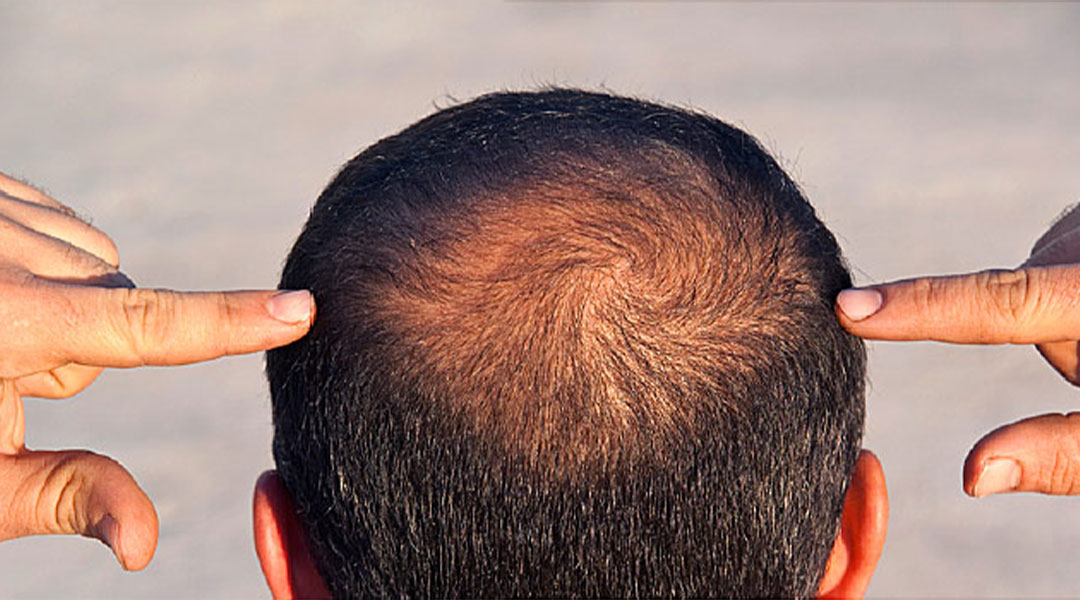We’ve already given a brief overview of the FUT hair transplant procedure in a previous blog post where we offered a comparison between the FUT and FUE transplantation methods, but what is it that makes an FUT hair transplant different and what do you need to know about it before going under the knife?
FUT, also known as follicular unit transplantation, is one of the most commonly found and popular methods of hair restoration surgery. Also known as “strip harvesting” due to the way in which the treatment takes place, an FUT hair transplant allows the surgeon to safely transport and transplant thousands of individual grafts in a single session, maximising the cosmetic impact of the procedure due to it taking a much shorter time.
The procedure itself consists of a strip of hair being taken from either the side or back of the scalp where the hair naturally grows thicker and is then transplanted into the affected area to begin the regrowth.

So how does it work?
An FUT hair transplant needs a great deal of preparation before undergoing the surgery to ensure the maximum survivability and viability of the hair follicles. To start with, the donor area is prepared for extraction by trimming the hair down so that there is no long strands blocking the extraction area. The donor tissue, as we previously mentioned, is normally extracted from the rear or sides of the scalp where the hair is usually a lot thicker, though in some cases it can be extracted from other areas. Your surgeon will extract the donor tissue from the scalp and use a specially calibrated tool to separate the individual follicles from the tissue to prepare them for transplantation.
This is followed by your surgeon making microscopic incisions in the recipient area of the scalp to allow the implanted follicles to grow in a way which mimics the natural growth pattern of the hair, with the follicles being implanted into the incisions. The follicles are implanted in varying densities with smaller amounts towards the front of the hairline and thicker/larger amounts implanted through the rest of the affected area.
What happens next?
Immediately following your FUT hair transplant surgery, you will have hundreds to thousands of tiny incisions depending on the size of the affected area with short amounts of hair sticking out from the new grafts. Because the procedure is minimally invasive and only requires the use of a local anaesthetic, meaning that recovery time and risk of complication is very low. You will receive clear aftercare instructions in addition to a medication and topical treatments to ensure that your results are as strong and healthy as possible.
So how does it look?
After your FUT hair transplant, you will have some form of scarring on the scalp, however unless you shave your head this is generally undetectable. Your new hair will begin to grow back approximately three to four months post-surgery, but it can sometimes take up to eight months for there to be any significant cosmetic difference.
Because the hair used is just your natural existing hair, simply moved from one area to another, it will grow back as normal and will be completely permanent, all you need to do is maintain it as you would prior to your transplant.

